Red Tailed Black Cockatoo Parrot Eggs
$65.00
Red Tailed Black Cockatoo Parrot Eggs
-
Size and shape
-
Shell texture
-
Color and markings
-
Incubation period
-
Number of eggs per clutch
-
Nest preparation
-
Mating season
-
Egg-turning frequency
-
Protecting eggs from predators
-
Optimal temperature and humidity
-
Parental roles in egg-tending
Hatching Process
-
Parental assistance during hatching
+
-
Duration of hatching
-
Signs of imminent hatching
-
Reintroduction strategies
-
Artificial incubation techniques
-
Captive breeding programs
-
Threats to wild populations
Description
Red Tailed Black Cockatoo Parrot Eggs
Have you ever wondered about the hidden world of one of Australia’s most magnificent birds? Red Tailed Black Cockatoo Parrot Eggs, its striking plumage and raucous call, holds a fascinating secret – its eggs. These precious orbs are not just the beginning of new life; they’re a crucial part of the species’ survival story.
But here’s the problem: Red Tailed Black Cockatoo populations are declining, and their eggs are becoming increasingly rare. This isn’t just a loss for birdwatchers and nature enthusiasts; it’s a potential ecological disaster. As we dive into the world of these remarkable eggs, we’ll uncover the challenges they face and the hope they represent for the future of this iconic Australian species.
Join us as we explore the characteristics, breeding habits, and conservation efforts surrounding Red Tailed Black Cockatoo eggs. From the intricate egg-laying process to the delicate art of incubation, we’ll take you on a journey through the lifecycle of these extraordinary birds, starting from their very beginnings. 🥚➡️🐣
Characteristics of Red Tailed Black Cockatoo Parrot Eggs
The eggs of the Red Tailed Black Cockatoo are truly unique, reflecting the distinctive nature of these magnificent birds. Let’s explore the key characteristics that set these eggs apart:
A. Size and shape
Red Tailed Black Cockatoo eggs are relatively large compared to other parrot species, measuring approximately:
- Length: 40-45 mm
- Width: 30-35 mm
- Weight: 20-25 grams
The eggs have an elliptical shape, slightly more rounded at one end than the other. This shape is common among many bird species and helps prevent the eggs from rolling out of the nest.
B. Shell texture
The shell of Red Tailed Black Cockatoo eggs has a unique texture that serves several purposes:
- Smooth yet slightly porous surface
- Allows gas exchange for the developing embryo
- Provides protection against bacterial infection
The texture of the shell plays a crucial role in the successful development of the chick inside.
C. Color and markings
Perhaps the most striking feature of these eggs is their appearance:
| Characteristic | Description |
|---|---|
| Base color | Pure white |
| Markings | None |
| Glossiness | Slightly glossy |
Unlike many bird species that have speckled or patterned eggs, Red Tailed Black Cockatoo eggs are uniformly white. This lack of pigmentation is common among birds that nest in dark cavities, as camouflage is less necessary in these protected environments.
The pristine white color of these eggs makes them a rare and beautiful sight in the world of avian reproduction. As we delve deeper into the breeding habits of these remarkable birds, we’ll see how these egg characteristics play a crucial role in their reproductive success.
Breeding Habits and Red Tailed Black Cockatoo Parrot Eggs -Laying Process
The Red Tailed Black Cockatoo’s breeding habits and egg-laying process are fascinating aspects of their life cycle. Understanding these processes is crucial for both bird enthusiasts and conservationists alike.
Incubation Period
The incubation period for Red Tailed Black Cockatoo eggs typically lasts between 28 to 30 days. During this time, the female takes on the primary responsibility of incubating the eggs, rarely leaving the nest.
Number of Red Tailed Black Cockatoo Parrot Eggs per Clutch
Red Tailed Black Cockatoos usually lay a small clutch, typically consisting of:
- 1 to 2 Red Tailed Black Cockatoo Parrot Eggs per clutch
- Rarely, up to 3 Red Tailed Black Cockatoo Parrot Eggs may be laid
This low reproductive rate makes conservation efforts particularly important for the species.
Nest Preparation
Nest preparation is a crucial step in the breeding process. The cockatoos typically:
- Choose hollow trees for nesting
- Line the nest with wood chips
- Select nests that are 2-20 meters above ground
Mating Season
The mating season for Red Tailed Black Cockatoos varies depending on their geographical location:
| Region | Mating Season |
|---|---|
| Northern Australia | May to September |
| Southern Australia | October to February |
During this time, pairs engage in elaborate courtship displays, strengthening their bond before egg-laying begins.
As we’ve explored the breeding habits and egg-laying process of the Red Tailed Black Cockatoo, it’s clear that these birds have a complex and delicate reproductive cycle. This understanding sets the stage for the next crucial phase: egg care and incubation.
Red Tailed Black Cockatoo Parrot Eggs Care and Incubation
Now that we understand the breeding habits of Red Tailed Black Cockatoos, let’s delve into the crucial process of egg care and incubation. This stage is vital for the successful development of the embryo and eventual hatching of healthy chicks.
A. Egg-turning frequency
Red Tailed Black Cockatoo parents are diligent in their egg-turning duties. They typically turn their eggs:
- Every 1-2 hours during the day
- 3-4 times during the night
- Approximately 10-12 times in a 24-hour period
This frequent turning prevents the embryo from sticking to the shell membrane and ensures even distribution of nutrients.
B. Protecting Red Tailed Black Cockatoo Parrot Eggs from predators
The parents employ various strategies to safeguard their precious eggs:
- Nest site selection in high, hollow tree cavities
- Camouflage techniques to blend with surroundings
- Aggressive defense against potential threats
- Taking turns guarding the nest
C. Optimal temperature and humidity
Maintaining the right environmental conditions is crucial for successful incubation:
| Factor | Optimal Range |
|---|---|
| Temperature | 37.0°C – 37.5°C (98.6°F – 99.5°F) |
| Humidity | 50% – 60% |
The parents regulate these conditions by adjusting their body heat and bringing moisture into the nest cavity.
D. Parental roles in egg-tending
Both male and female Red Tailed Black Cockatoos share egg-tending responsibilities:
- Female: Primary incubator, spending most time on the nest
- Male: Provides food for the female and takes short incubation shifts
- Both: Participate in nest cleaning and egg turning
This collaborative effort ensures constant care and optimal conditions for the developing eggs throughout the 28-30 day incubation period.
With the eggs properly cared for and incubated, the next exciting stage is the hatching process, where all this hard work pays off.
Hatching Process
The hatching process of Red Tailed Black Cockatoo eggs is a crucial and delicate stage in the bird’s life cycle. Let’s explore the various aspects of this fascinating process.
A. Parental assistance during hatching
Red Tailed Black Cockatoo parents play a vital role in assisting their chicks during the hatching process:
- Frequent nest checks
- Gentle egg rotation
- Vocalizations to encourage the chick
- Removal of eggshell fragments
B. Duration of hatching
The hatching process for Red Tailed Black Cockatoo eggs typically follows this timeline:
| Stage | Duration |
|---|---|
| Initial pip | 24-48 hours |
| Full emergence | 12-24 hours |
| Total process | 36-72 hours |
C. Signs of imminent hatching
Observant caretakers can identify several indicators that a Red Tailed Black Cockatoo egg is about to hatch:
- Increased egg movement
- Audible chirping from within the egg
- Small cracks or “pips” appearing on the shell surface
- Parents becoming more attentive to the egg
As the chick emerges, it will rely on its egg tooth – a temporary, sharp protrusion on its beak – to break through the shell. This process requires significant effort from the chick, and patience from both parents and observers is crucial during this time.
Now that we understand the intricacies of the hatching process, let’s explore the conservation efforts aimed at protecting these magnificent birds and their eggs.
Conservation Efforts for Red Tailed Black Cockatoo Eggs
As we’ve explored the fascinating world of Red Tailed Black Cockatoo eggs, it’s crucial to understand the conservation efforts aimed at protecting these magnificent birds and their precious eggs. Let’s delve into the strategies being employed to ensure the survival of this iconic Australian species.
A. Reintroduction Strategies
Reintroduction programs play a vital role in boosting wild populations of Red Tailed Black Cockatoos. These initiatives involve:
- Carefully selecting suitable release sites
- Preparing captive-bred birds for life in the wild
- Monitoring released individuals to assess their adaptation
B. Artificial Incubation Techniques
Advanced artificial incubation methods have been developed to increase the survival rate of Red Tailed Black Cockatoo eggs. These techniques include:
| Technique | Description | Benefits |
|---|---|---|
| Temperature control | Maintaining optimal incubation temperature | Improves hatching success |
| Humidity regulation | Mimicking natural nest conditions | Prevents dehydration of eggs |
| Egg turning | Simulating natural parental care | Ensures proper embryo development |
C. Captive Breeding Programs
Zoos and wildlife centers across Australia have established captive breeding programs to:
- Increase the overall population of Red Tailed Black Cockatoos
- Preserve genetic diversity
- Study breeding behaviors in controlled environments
- Provide individuals for reintroduction efforts
D. Threats to Wild Populations
Understanding the challenges faced by wild Red Tailed Black Cockatoos is crucial for effective conservation. Some of the main threats include:
- Habitat loss due to deforestation
- Climate change affecting food availability
- Nest predation by introduced species
- Illegal poaching for the pet trade
By addressing these threats and implementing comprehensive conservation strategies, we can work towards ensuring a bright future for the Red Tailed Black Cockatoo and their eggs. Next, we’ll explore how individuals can contribute to these conservation efforts and make a difference in protecting this iconic Australian species.
The Red Tailed Black Cockatoo’s eggs are a testament to the remarkable breeding habits of these majestic birds. From their unique characteristics to the meticulous care required during incubation, every stage of the Red Tailed Black Cockatoo Parrot Eggs development is crucial for the species’ survival. Understanding the hatching process and the challenges these Red Tailed Black Cockatoo Parrot Eggs face in the wild highlights the importance of ongoing conservation efforts.
As we continue to learn more about Red Tailed Black Cockatoo eggs, it becomes clear that our role in protecting these birds and their habitats is more important than ever. By supporting conservation initiatives and raising awareness about the challenges these parrots face, we can help ensure that future generations will have the opportunity to witness the beauty of Red Tailed Black Cockatoos in their natural environment.

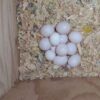
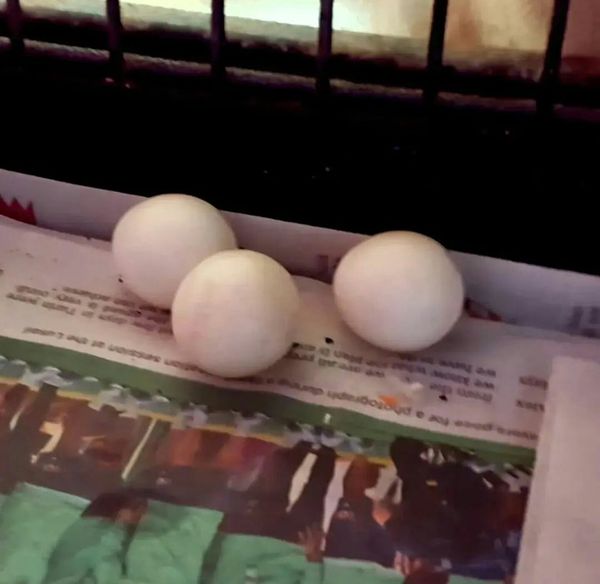
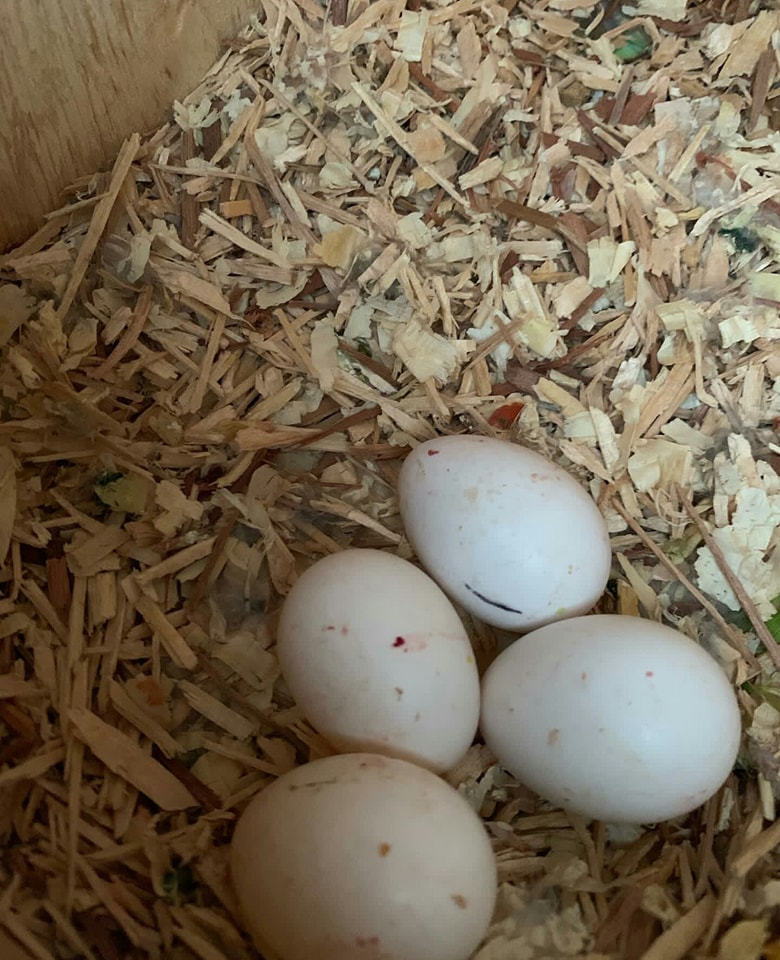
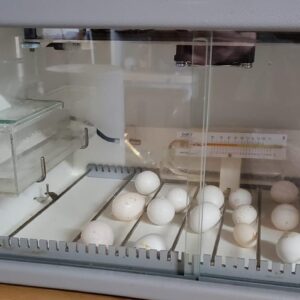
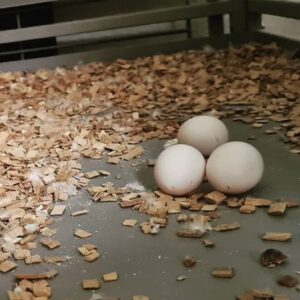
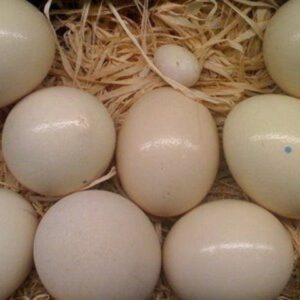
Reviews
There are no reviews yet.